Written by Jessica Graybill
Sicily, the largest island in the Mediterranean, is known for many things – breathtakingly beautiful coastlines, colorful, bustling cities, and delicious street food, to name just a few! It is a place rich in history and culture, and its symbol, the Trinacria, is just as intriguing as the location itself.
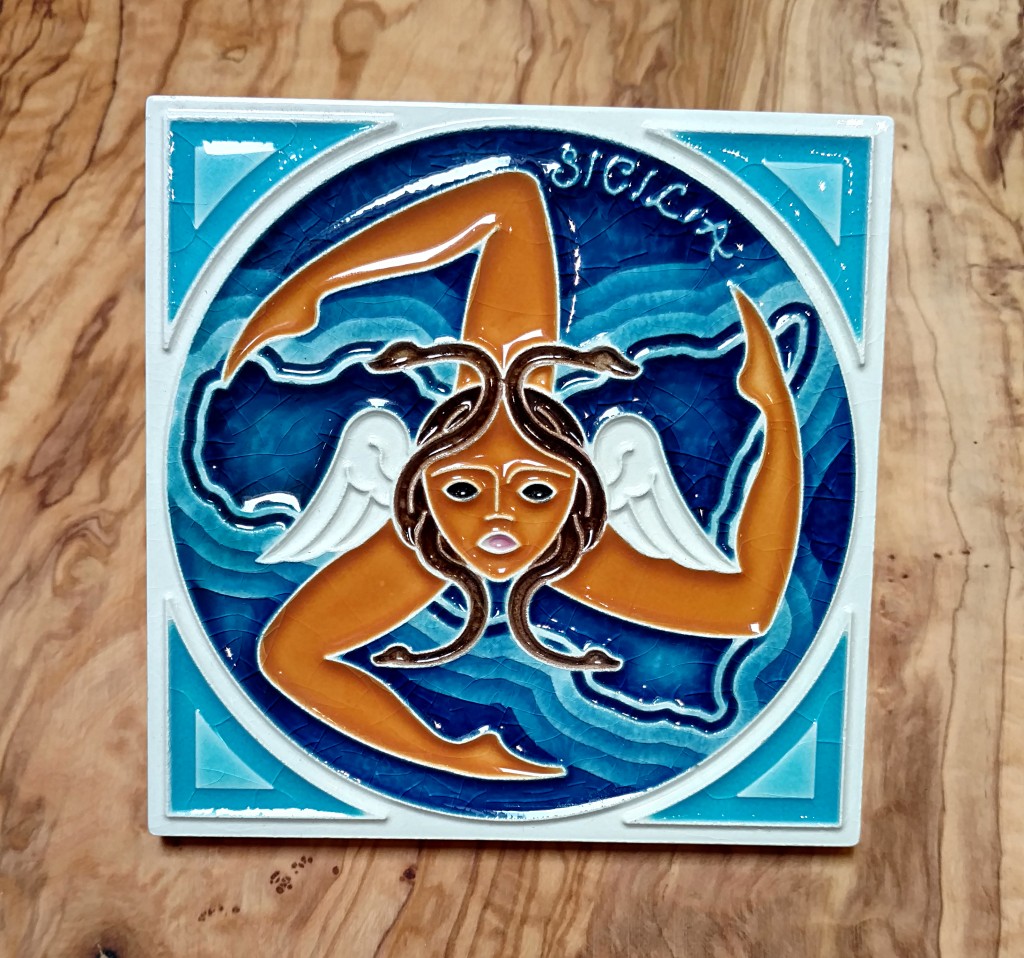
Handmade and hand painted on the Amalfi coast, this Trinacria tile is a nice way to commemorate a Sicilian adventure.
You may have seen this symbol before, but you’ve almost certainly seen the similar triskele, which is one of the oldest symbols known to humanity. Sicily’s Trinacria is comprised of three bent legs, each representing the three capes of Sicily; Peloro, Passero, and Lilibeo, which form the triangular shape of the island. Sicily’s fertile soils are often represented by three ears of wheat surrounding the head of Medusa, whose winged face is included as implication of the land’s protection by Sicily’s patron goddess, Athena (who bore Medusa’s head on her shield as a weapon to ward off evil). Sometimes the wheat is absent from certain artistic representations, as in the example above.
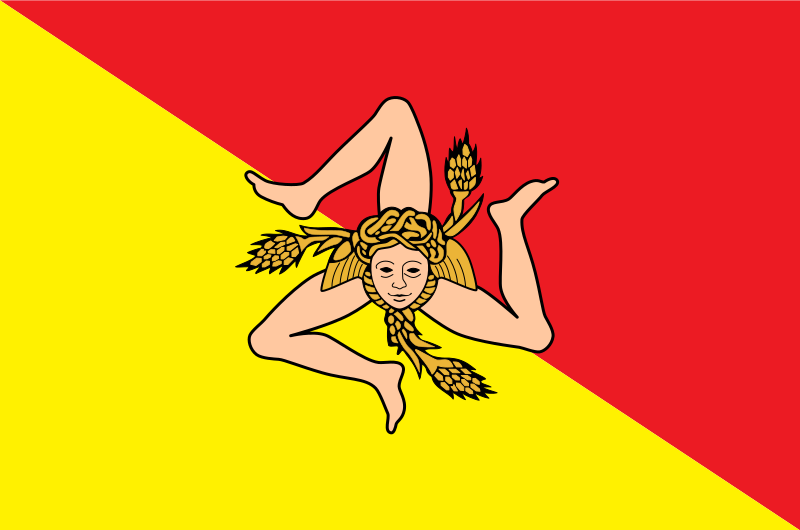
The official flag of Sicily.

The Triskele.
The mythology and the symbol of the Trinacria is ancient. It appears on Syracusan coins dating back to the fourth century BCE, and the general triskelion shape has appeared throughout ancient Mediterranean civilizations dating back as far as 4400 BCE, the oldest example of which was found in Malta. The Trinacria is featured on the Sicilian flag, which was added in 1943 as a result of a movement towards political independence following Sicily’s collaboration with the Allies during World War II. Today’s flag combines the red (representing Palermo) and yellow (representing Corleone) colors flown by the Sicilian Vespers, who revolted against the French on Sicilian soil back in 1282, and was only adopted as the “official” unifying flag of Sicily as recently as January 4, 2000.
Of course it’s hard to discuss Sicily without the story of Colapesce, and though it doesn’t have much to do with the symbol of the Trinacria itself it is a great folktale from the area that I’d be remiss to not mention! Cola is short for Nicola, and pesce means fish. Colapesce was a boy from Messina who loved the ocean and would spend so much time swimming that he began to develop fish-like qualities, such as breathing underwater. His incredible deep-sea diving skills became legendary throughout the Mediterranean, and eventually word got around to King Frederick II, who sailed to visit the spectacle. Upon King Frederick’s arrival he tested the boys abilities by throwing first a goblet overboard for the boy to retrieve. Colapesce recovered it without breaking a sweat. Amazed, Frederick began to throw other things overboard, gradually into deeper and deeper waters. Without fail Colapesce always returned with the king’s possessions. Finally, on a deep dive to retrieve the king’s crown, he noticed the island of Sicily being held and supported by three columns, one of which was deteriorating. Colapesce was perturbed at the sight of it, recognizing that once the column gave way, Sicily would sink to the bottom of the sea. He expressed his worries to those on the boat, but still-amused King Frederick tossed in his ring, requesting that the boy fetch it. Colapesce considered that he might not return, and hesitantly decided to go – but not before requesting a handful of lentils for his journey. Before his heroic jump, he proclaimed “If you see the lentils float to the surface, then I will not be coming back.” Days passed, and still no sign of Colapesce, until finally a handful of lentils floated to the surface along with the king’s ring. Colapesce had decided to take the burden of the crumbling column upon his own shoulders, to support the island, his family, his home. The legend goes that today when the island shakes from earthquakes, it is the restless Colapesce, moving the column from shoulder to shoulder.
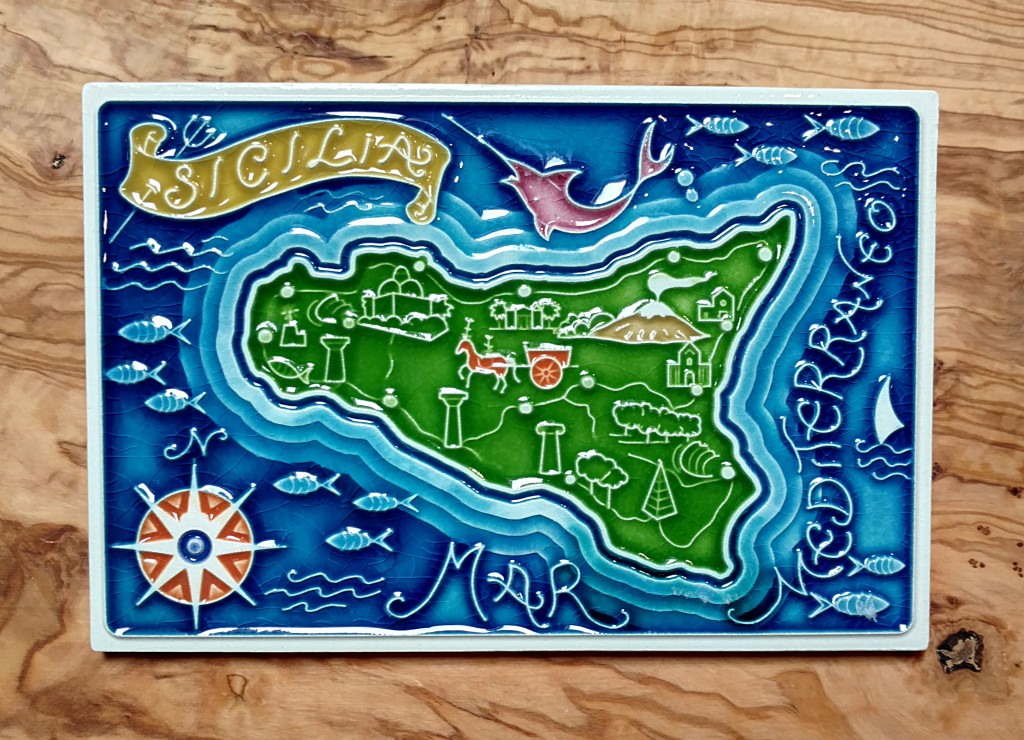
Colapesce is under there somewhere! Check out this tile here.
We have lots of beautiful handmade ceramics from Sicily, including Nino Parrucca, Susanna DeSimone, our Giardino collections and our volcanic stone tables.



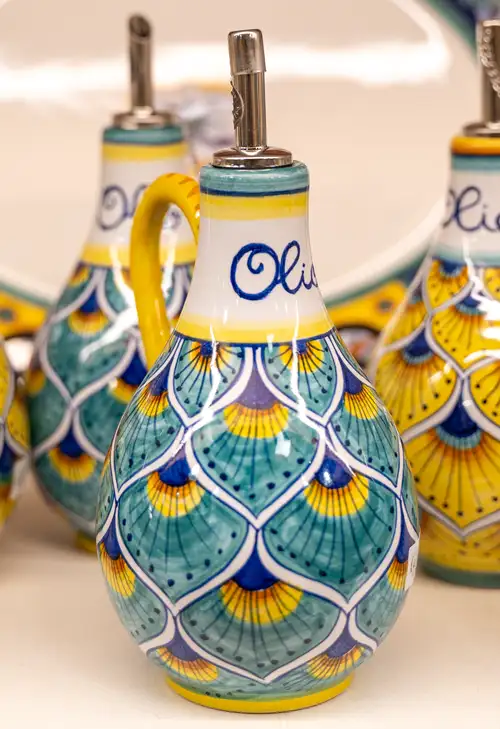
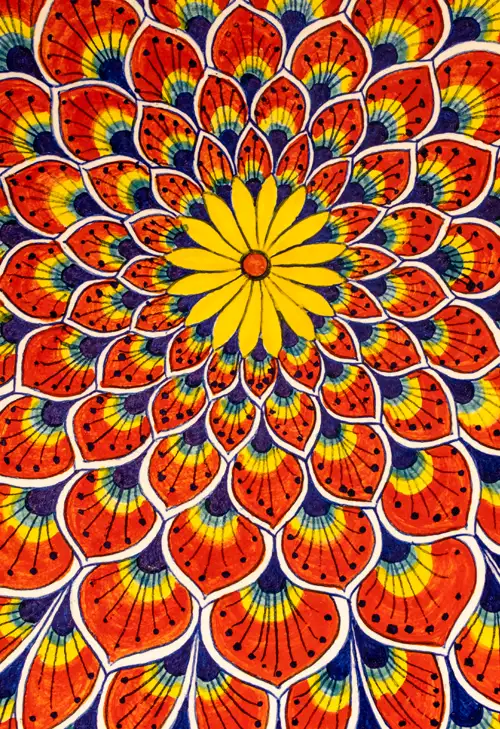

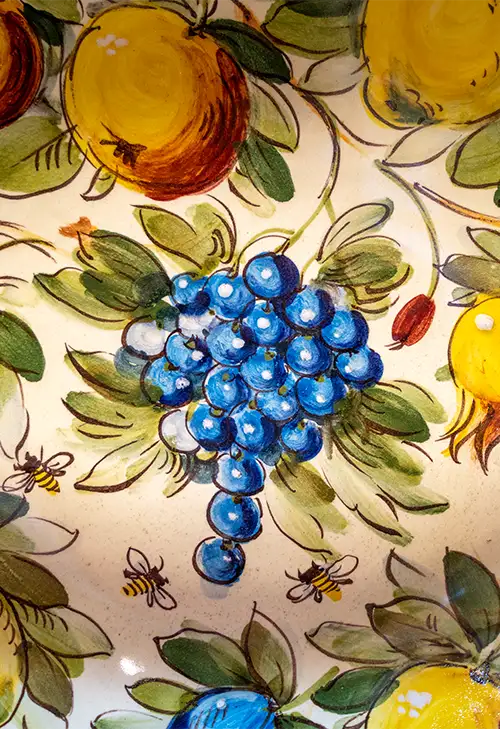
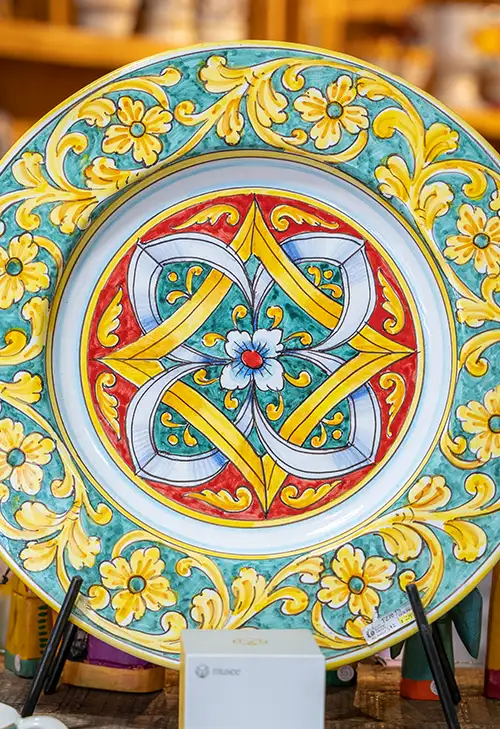
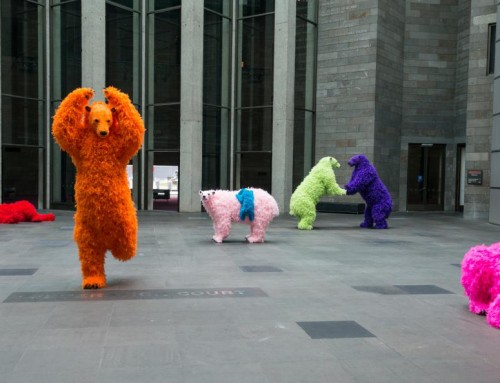
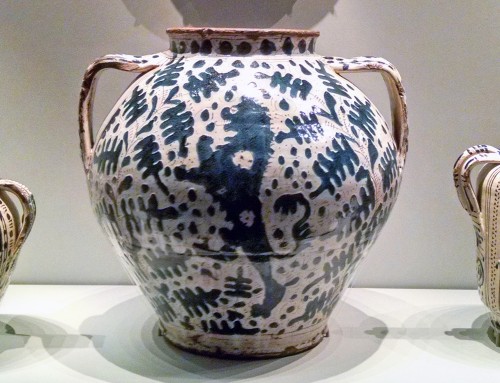
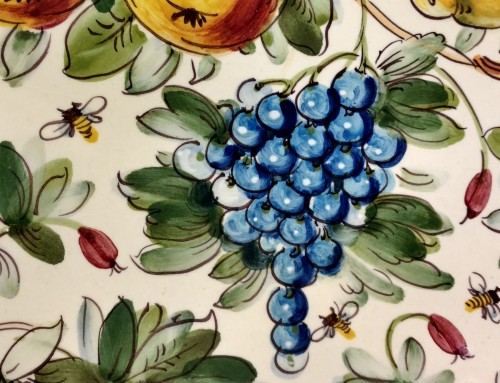







Leave A Comment
You must be logged in to post a comment.